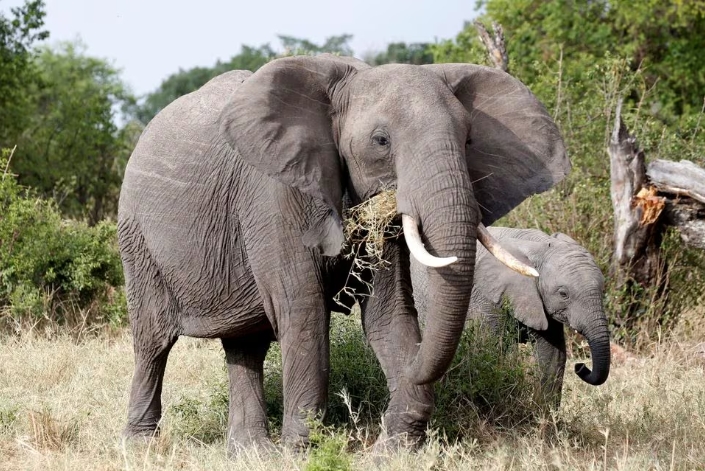
Doto Biteko, energy minister and deputy prime minister, said while visiting the 2,115 megawatt (MW) Julius Nyerere Hydropower Plant on Sunday that the turbine, with a capacity of 235 MW, was now contributing power to the grid.
He said the turbine would help reduce months-long power rationing, adding that rationing would end when the second turbine of the nine-turbine plant joins the grid next month.
Before construction of the hydro project began in 2019, conservationists warned that building a dam on a major river that runs through the Selous Game Reserve could affect wildlife and their habitats downstream.
The reserve is among the largest protected areas in Africa, harbouring one of the most significant concentrations of animals including elephant, black rhino and cheetah and a large variety of habitats, according to United Nations agency UNESCO.
The government forged ahead with the project under former President John Magufuli and his successor Samia Suluhu Hassan's administration considers it a key part of efforts to boost power supply in a country where less than half of the population has access to electricity.
Biteko said the government would ensure all hydroelectric projects respect water sustainability.
Before the first turbine of the Julius Nyerere Hydropower Plant was connected to the grid, Tanzania had an installed generation capacity of 1,900 MW, with natural gas contributing nearly two-thirds of that amount.